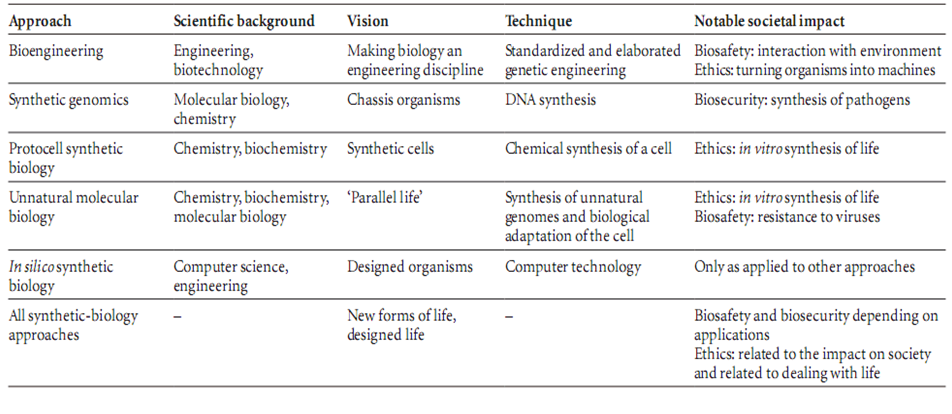Team:Tsinghua/Design
From 2009.igem.org
| Background | Brainstorming | Design | Experiment | Results | Notebook |
|---|
Innovation of our Project
By comparing the structural similarity of bacteriophage lambda and adenovirus, this project applies the synthetic biology strategy at the genomic level, transplanting the complex process of viral gene therapy vector production into prokaryotic cells. This approach makes the industrial production of gene therapy vector easier to standardize and manipulate, which coordinates the standardization, abstraction and decoupling principles of synthetic biology. As for the synthetic engineering of the targeted biobrick, we decouple the process of viral infection into two sub-steps, attachment and internalization, which are ensured by the synthetic targeted peptides and RGD domain respectively. Viewed from the overall project, this approach is equivalent to synthesizing a viable form (coinciding with Craig Venter’s approach on synthetic biology) that actually contributes to clinical uses. This reflects the synthetic biology’s extension in human practice by learning from nature.

References
[1] David A.Williams, and Christopher Baum. Gene Therapy—New Challenges Ahead. Science. 2003, 302, 400-401.
[2] Marina Cavazzana-Calvo et al.. Immunodeficiency (SCID)-X1 Disease Gene Therapy of Human Severe Combined. Science. 2000, 288, 669-672.
[3] Esmail D. Zanjani, and W. French Anderson. Prospects for in utero human gene therapy. Science. 1999, 285, 2084-2088.
[4] Leland H. Hartwell, Leroy Hood, Michael L. Goldberg, Ann E. Reynolds, Lee M. Silver, Ryth C. Veres. Genetics: From Genes to Genome. McGrawHall, 3rd edition, 2008.
[5] http://en.wikipedia.org/wiki/Gene_therapy
[6] Jerry Guo, and Hao Xin. Splicing out the West?. Science. 2007, 314, 1232-1235.
[7] Chopra Paras, and Akhil Kamma. Engineering life through Synthetic Biology. In Silico Biology 6. http://www.bioinfo.de/isb/2006/06/0038. Retrieved on 2008-06-09.
[8] http://www.syntheticbiology.org
[9] Michael T. M., John M. M., and Jack P. Brock Biology of Microorganisms. Prentice Hall, 12th edition, 2008.
[10] Glen RN, and Phoebe LS. Role of αv integrins in adenovirus cell entry and gene delivery. Microbiology and Molecular Biology reviews. 1999, 63, 725-734.
[11] Yuanming Zhang, and Jeffrey M. Bergelson. Adenovirus Receptors. J. Virol. 2005, 79, 12125–12131.
[12] Miyazawa N, Crystal RG, and Leopold PL. Adenovirus serotype 7 retention in a late endosomal compartment prior to cytosol escape is modulated by fiber protein. J. Virol. 2001, 75, 1387–1400.
[13] Shayakhmetov DM, Eberly AM, Li ZY, and Lieber A. Deletion of penton RGD motifs affects the efficiency of both the internalization and the endosome escape of viral particles containing adenovirus serotype 5 or 35 fiber knobs. J. Virol. 2005, 79, 1053–1061.
 "
"
